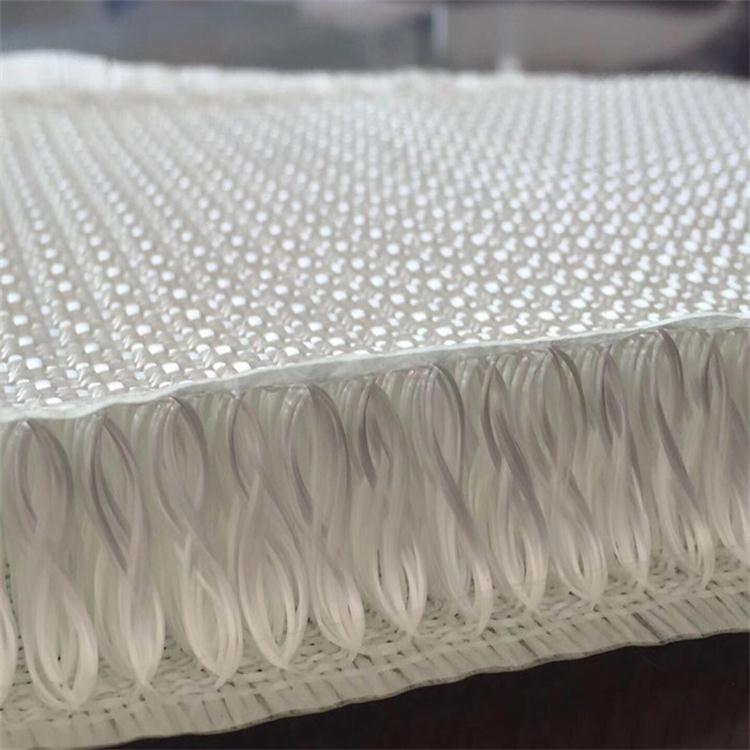
Double wall tanks have long been a staple in industries requiring safe storage solutions for chemicals, fuel, and other hazardous materials. Traditionally, these tanks have been constructed from metals or standard composites, which, while effective, come with limitations such as corrosion, weight, and cost. The advent of 3D fiberglass fabric has revolutionized this space, offering a new dimension of durability, efficiency, and environmental safety.
Understanding 3D Fiberglass Fabric
3D fiberglass fabric represents a leap in composite material technology. Unlike traditional flat fiberglass sheets, 3D fiberglass fabric consists of two surfaces connected by vertical piles. These piles create a three-dimensional structure that provides superior mechanical properties. This unique construction not only enhances the strength and durability of double wall tanks but also significantly reduces their weight, making installation and maintenance much easier.
The benefits of using 3D fiberglass fabric in constructing double wall tanks are multifaceted. Firstly, the enhanced structural integrity it offers greatly reduces the risk of leaks, a critical factor when storing hazardous materials. Additionally, its corrosion-resistant nature ensures a longer lifespan for tanks, reducing the need for frequent replacements and thereby cutting down long-term costs. The lightweight nature of 3D fiberglass fabric also means reduced transportation and installation costs, further enhancing its appeal to industries.
When compared to traditional materials used in tank construction, such as steel or concrete, 3D fiberglass fabric stands out for its exceptional properties. Its resistance to corrosion eliminates the need for internal coatings or external cladding, reducing maintenance requirements. Furthermore, its inherent strength allows for thinner wall constructions without compromising on durability, offering significant material savings.
Innovative Applications of 3D Fiberglass Fabric in Double Wall Tanks
The versatility of 3D fiberglass fabric opens up a myriad of innovative applications in double wall tank construction. One notable application is in the creation of interstitial spaces for leak detection systems. The space between the two walls of a double wall tank can be precisely controlled using 3D fiberglass fabric, allowing for efficient installation of sensors and monitoring equipment to detect leaks early.
Environmental protection is a paramount concern in industries dealing with hazardous materials. Double wall tanks constructed with 3D fiberglass fabric significantly contribute to environmental safety. Their superior leak resistance minimizes the risk of soil and water contamination, helping companies comply with stringent environmental regulations.
Another significant advantage of using 3D fiberglass fabric in double wall tank construction is the flexibility it offers in terms of design and customization. Unlike traditional materials that are limited by shape and size constraints, 3D fiberglass fabric can be easily molded into complex shapes, allowing for the creation of tanks that perfectly fit the available space and specific storage requirements.
Future Perspectives
The use of 3D fiberglass fabric in double wall tank construction is still evolving, with ongoing research focused on enhancing its properties and discovering new applications. As the technology matures, it is expected that 3D fiberglass fabric will become the standard material for double wall tanks across various industries, further promoting safety, efficiency, and environmental sustainability.
In conclusion, the integration of 3D fiberglass fabric into double wall tank construction offers a promising path forward in the quest for safer, more efficient, and environmentally friendly storage solutions. Its superior properties over traditional materials mark a significant advancement in tank technology, poised to revolutionize how industries approach storage challenges.















